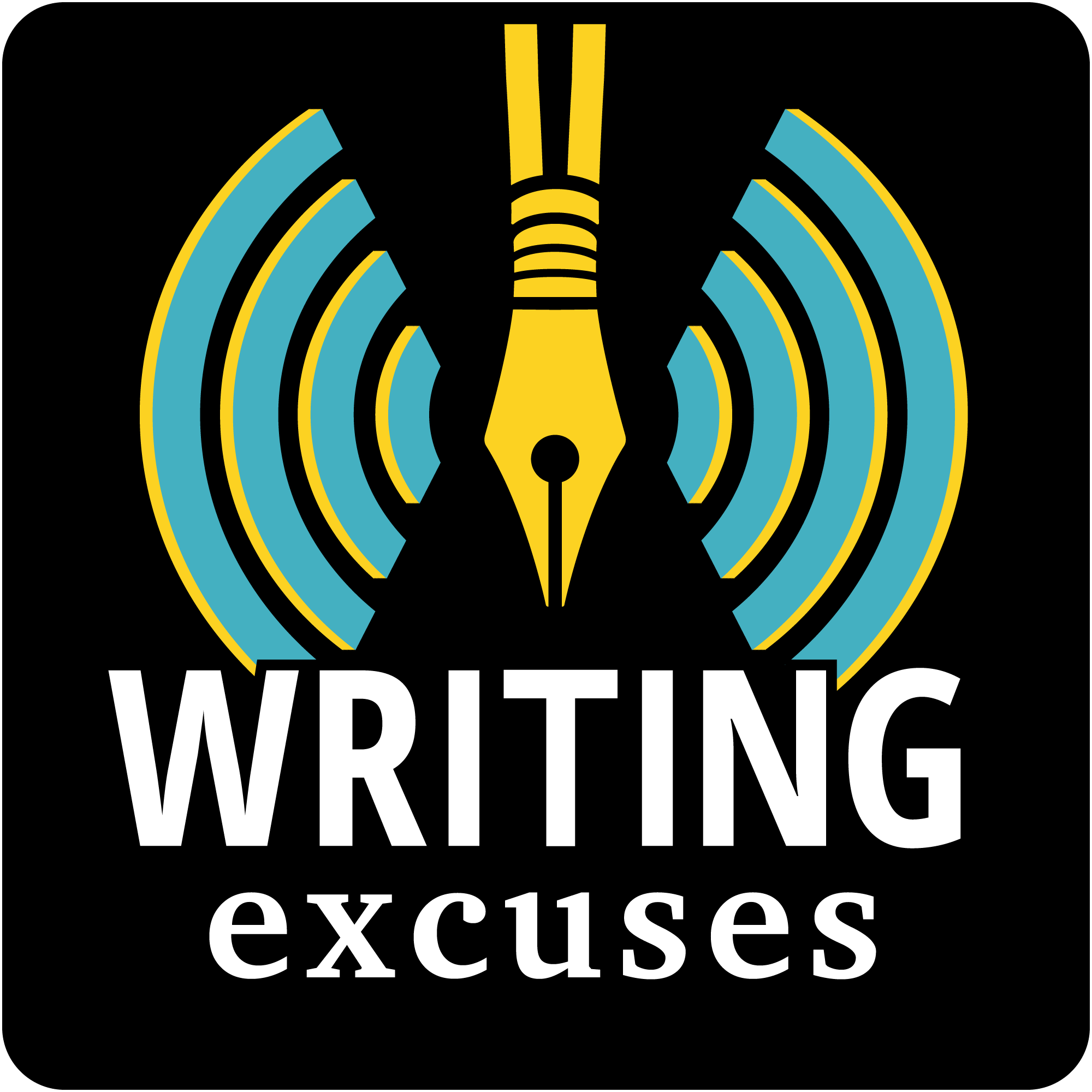Your Hosts: Dan, Mary, Aliette, and Howard, with Kristie Claxton Kristie Claxton joined us at WXR 2017 to talk about reading outside of the spaces where we’re comfortable and familiar. Specifically, we focused on how to learn about people who are not you by reading stories by and about them.…
Fifteen minutes long, because you're in a hurry, and we're not that smart.

